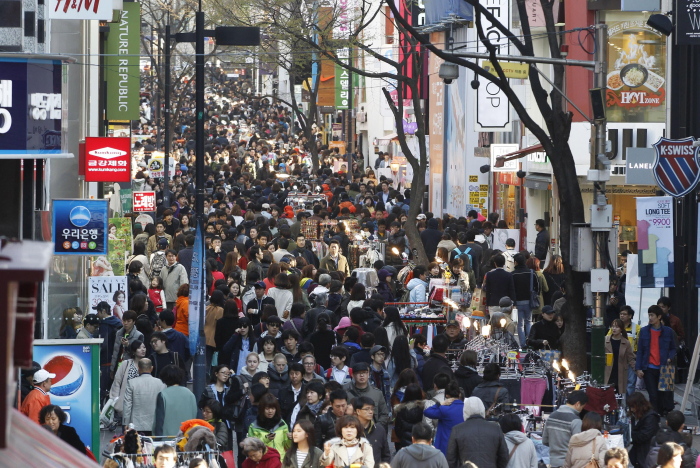The figure marks a sharp drop from the 52 million estimated for this year, in which seniors take up 18.4 percent, according to a report released by Statistics Korea.
Over the period, the global population is projected to rise from 8 billion to 10.3 billion, it added.
"South Korea's population, which peaked in 2020, will fall to the 40-million level in 2041, which is similar to that of 2011," the agency said.
Asia's No. 4 economy saw its total fertility rate, the average number of children a woman bears in her lifetime, hit a record low of 0.78 in 2022, much lower than the replacement level of 2.1 that would keep its population stable.
The report showed that only 249,000 babies were born in 2022, nosediving from 480,000 reported in 2012, indicating the number of newborns is dropping at an alarming speed.
Following the decrease in the population, the agency said foreigners are expected to take up larger slices of the demographics.
Foreign nationals, who took up 3.2 percent, or 1.64 million, of the population in 2023, are expected to expand their presence to 4.3 percent, or 2.16 million, in 2040.
In 2022, 43.9 percent of employed foreigners were working in the mining and manufacturing industry, followed by the wholesale, retail, food and accommodation segment with 18.7 percent.
So-called multicultural families accounted for 1.7 percent of total households in 2021, the data also showed.
More about:
















































